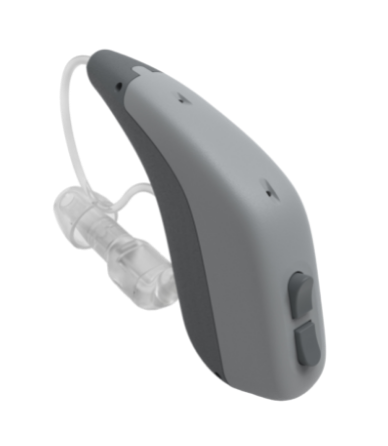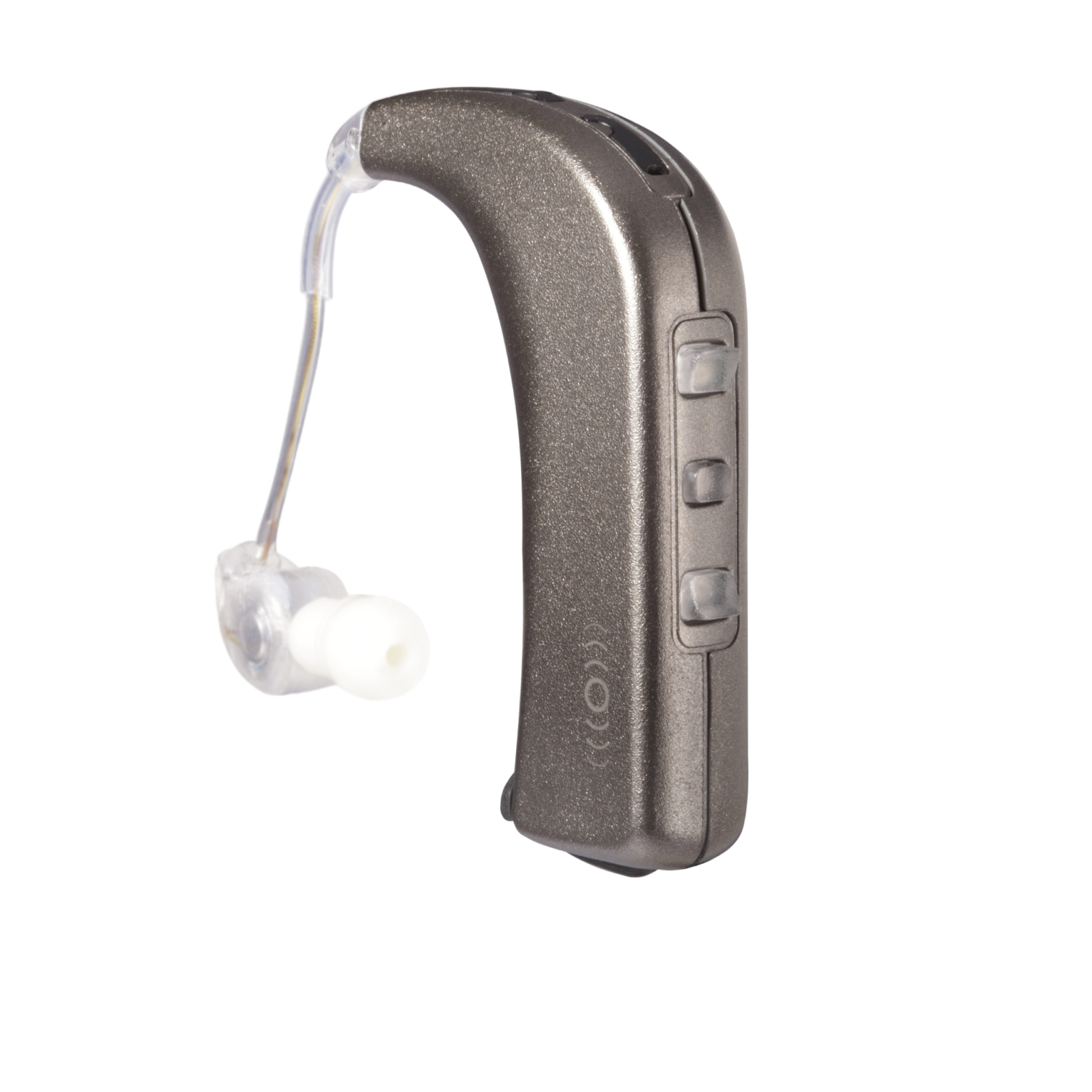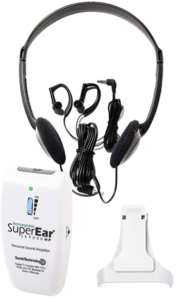About
Founded in 2014 by Drs. Carrie Nieman, Frank Lin, and Kunal Parikh, Access HEARS began with support from Johns Hopkins’ Social Innovation Lab, and drew inspiration from Dr. Nieman’s own research among older adult populations in Baltimore.
The primary model of hearing health care available is clinic-based audiological evaluation, provision of a hearing aid, and follow-up care which is highly time intensive (4-6 visits over several months), expensive ($2000-4000 in out-of-pocket costs), and dependent on the individual’s mobility, access to transportation, financial resources, and healthy literacy. The current established model of clinic-based, fee-for-service hearing health care does not accommodate many characteristics of low-income, minority, and vulnerable older adults.





